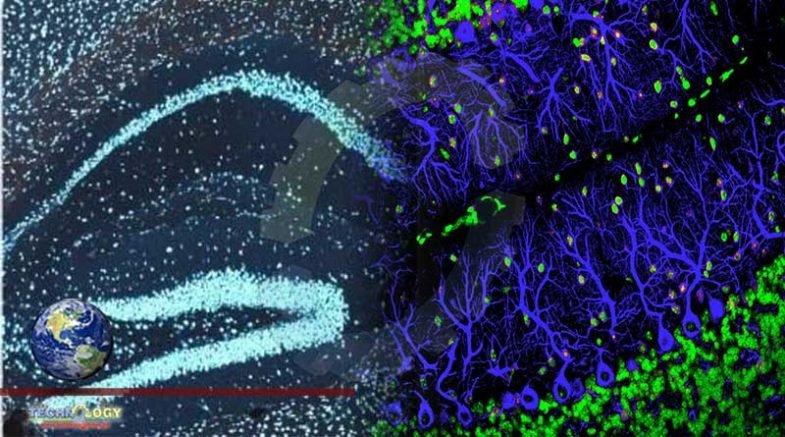A team led by scientists identified a molecule called microRNA-29 as a powerful controller of brain maturation in mammals.

A team led by scientists at the UNC School of Medicine identified a molecule called microRNA-29 as a powerful controller of brain maturation in mammals. Deleting microRNA-29 in mice caused problems very similar to those seen in autism, epilepsy, and other neurodevelopmental conditions.
The results, published in Cell Reports, illuminate an important process in the normal maturation of the brain and point to the possibility that disrupting this process could contribute to multiple human brain diseases.
“We think abnormalities in microRNA-29 activity are likely to be a common theme in neurodevelopmental disorders and even in ordinary behavioral differences in individuals,” said senior author Mohanish Deshmukh, PhD, professor in the UNC Department of Cell Biology & Physiology and member of the UNC Neuroscience Center. “Our work suggests that boosting levels of miR-29, perhaps even by delivering it directly, could lead to a therapeutic strategy for neurodevelopmental disorders such as autism.”
miR-29 and brain maturation
MicroRNAs are short stretches of ribonucleic acid inside cells that regulate gene expression. Each microRNA, or miR, can bind directly to an RNA transcript from certain other genes, preventing it from being translated into a protein. MiRNAs thus effectively serve as inhibitors of gene activity, and the typical microRNA regulates multiple genes in this way so that genetic information is not overexpressed. These essential regulators have been intensively researched only in the past two decades. Therefore, much remains to be discovered about their roles in health and disease.
Deshmukh and colleagues set out to find microRNAs involved in the maturation of the brain after birth, a phase that in humans includes approximately the first 20 years of life. When the scientists looked for microRNAs with more activity in the adult mouse brain than the young mouse brain, one set of miRNA stuck way out from the rest. Levels of the miR-29 family were 50 to 70 times higher in the adult mouse brains than in young mouse brains.
The researchers examined a mouse model in which the genes for the miR-29 family were deleted just in the brain. They observed that although the mice were born normally, they soon developed a mix of problems, including repetitive behaviors, hyperactivity, and other abnormalities typically seen in mouse models of autism and other neurodevelopmental disorders. Many developed severe epileptic seizures.
To get a sense of what caused these abnormalities, the researchers examined gene activity in the brains of the mice, comparing it to activity in mouse brains that had miR-29. As expected, many genes were much more active when miR-29 was no longer there to block their activity. But the scientists unexpectedly found a large set of genes — associated with brain cells — that were less active in miR-29’s absence.
Originally published at Science Daily
